Attribution has long been informing digital marketers (and knowledgeable business owners) of where their sales are coming from.
Traditionally, Google Analytics has been your go-to platform. But when you’re running numerous digital marketing initiatives and a user is interacting with different touch points before converting or buying, your attribution can get swampy. Wouldn’t you like to know the value each digital marketing touchpoint brings to your business? It’s critical information for optimizing your ad spend and strategizing for the future.
To do this, you’re going to need to be ready to look at Google Analytics differently. You will also need to consider other sources of data and learn more about how to leverage different attribution models.
First, let’s define the most common attribution models out there.
Common attribution models and what they can do for you
The following example shows who gets credit for the conversion in each model:
- A user searches a non-branded term related to your product and service, they click on your non-branded search ad.
- After browsing the site and familiarizing themselves with your product, they leave your site without purchasing.
- You then target this user with remarketing ads across Facebook/Instagram, YouTube and the Google Display Network. Let’s say they click on the Facebook/Instagram remarketing ad, but not the YouTube or GDN ad. This means they still do not purchase.
- Then, one day they search for your brand name on Google and click on your branded search ad. Finally, they complete the purchase.
In this example there were 5 digital touchpoints before the purchase was made:
- Non-Branded Search Ad [clicked]
- Facebook/Instagram Ad [clicked]
- YouTube Ad
- Google Display Network Ad
- Branded Search Ad [clicked]
So, how do you know which ad drove the conversion and should get credit — and a possible boost to its marketing budget? Each attribution model will tell you something valuable about your consumer. Finding out which is right for you starts with understanding what they each bring to the table:
- Last Click (or last touch)
- 100% of credit is given to the last (or most recent) source before converting. This is usually the default — and the easiest way — to track your conversions.
- In our example, the Branded Search Ad was the last touchpoint/click before conversion, so as a Last Click, it receives 100% of credit.
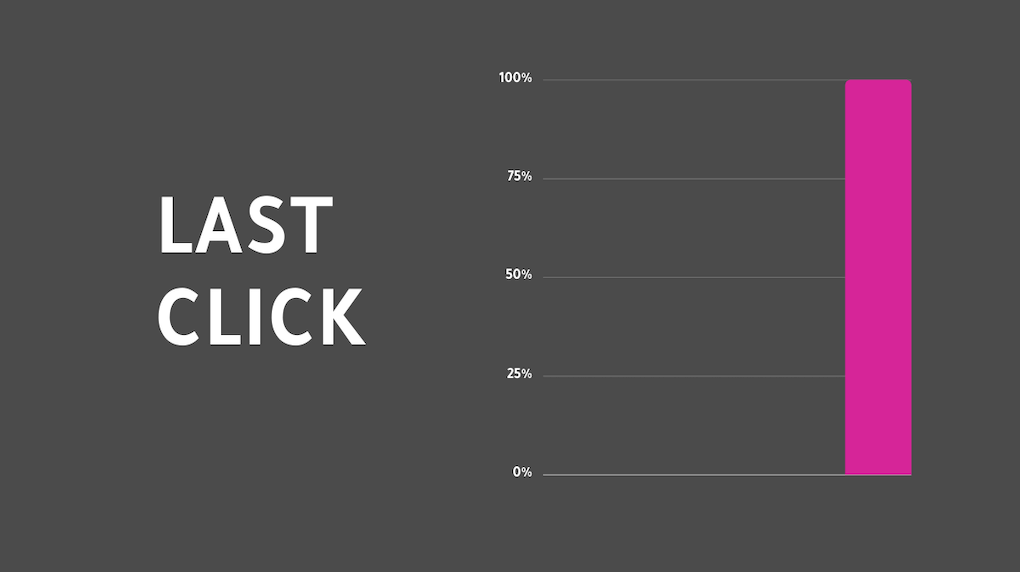
- First Click (or first touch)
- 100% of credit is given to the first source a future customer came to your website from.
- In our example, the Non-Branded Search Ad was the first touchpoint/click before conversion, so as the First Click, it receives 100% of the credit.
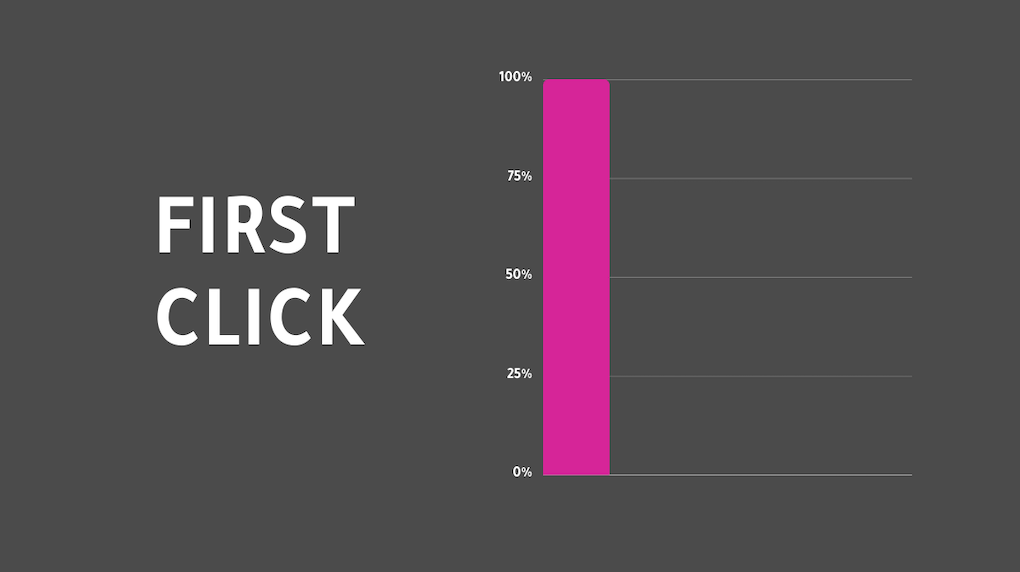
- Linear
- Credit is evenly distributed to all touchpoints
- In our example, all 5 touchpoints should get even credit: 0.2 (20%) for each ad.
- If you’re using Google Analytics, however, it only knows of the touchpoints a user clicked on before coming to your site. Google Analytics doesn’t know about the ads a user saw but never clicked on — even if that ad played a role in convincing the user to buy your product.
- Non-Branded Search Ad 0.3333 (33.33%)
- Facebook/Instagram Ad 0.3333 (33.33%)
- Branded Search Ad 0.3333 (33.33%)
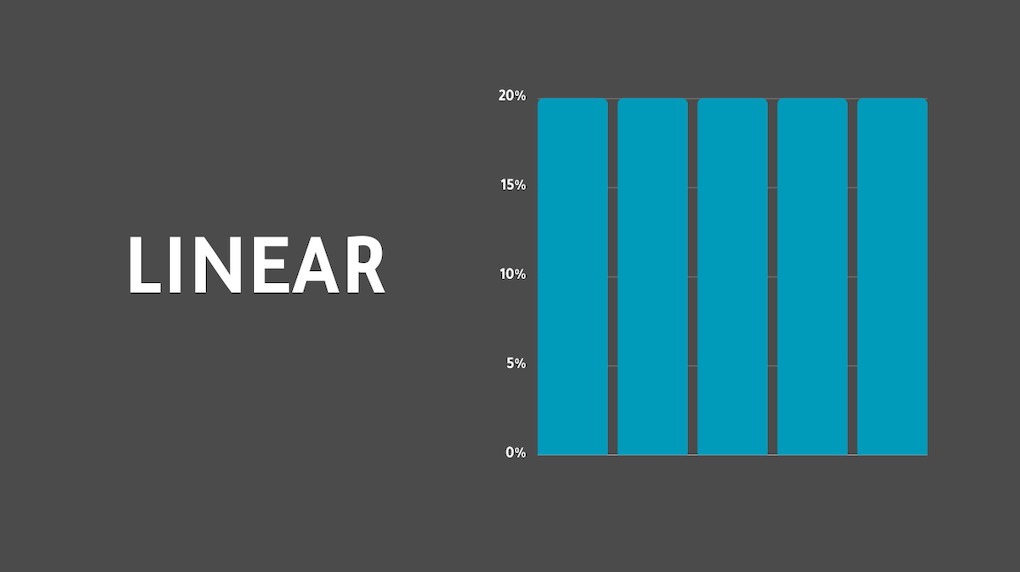
- Position Based
- Distributes the credit to all touch points, but favours the first and last ones the most (usually 40% each). So, the first and last touchpoints get 40% credit. The remaining 20% is distributed to all the touchpoints in between.
- In our example, the Non-Branded Search Ad and Branded Search Ad would get 0.4 credit points each (40% each). Then the Facebook/Instagram, GDN and YouTube ads should share the remaining 0.2 (20%), which would be 0.066 (6.66%) each.
- Once again, if you’re using Google Analytics, it only knows of the touchpoints a user clicked on before coming to your site. It doesn’t know about the ads a user saw but never clicked on.
- Non-Branded Search Ad 0.4 (40%)
- Facebook/Instagram Ad 0.2 (20%)
- Branded Search Ad 0.4 (40%)
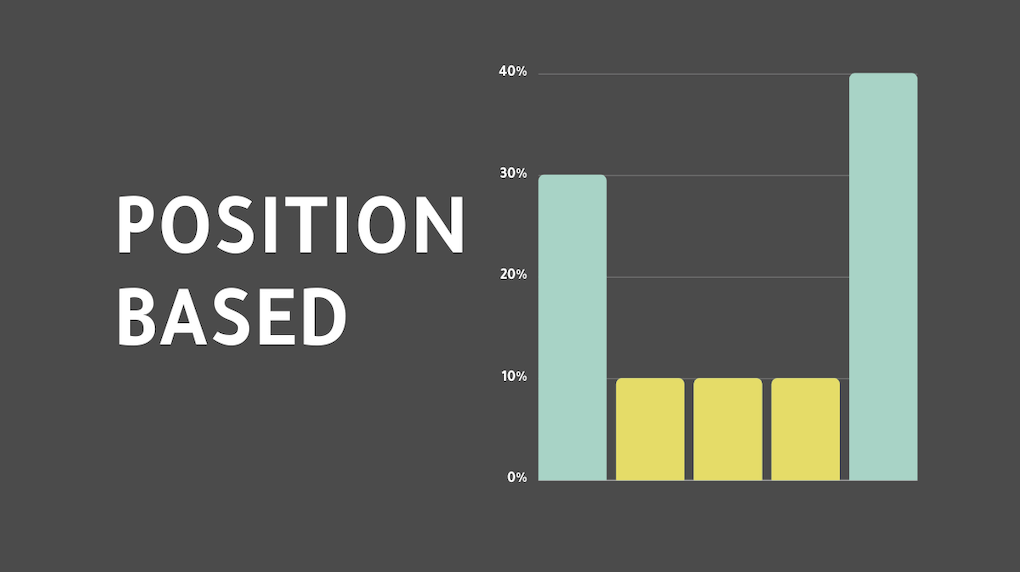
- Time Decay (i.e. 7 day time decay)
- An algorithmic model that gives more credit to touchpoints closer to the time of conversion. This model is not contextualized in the example above.
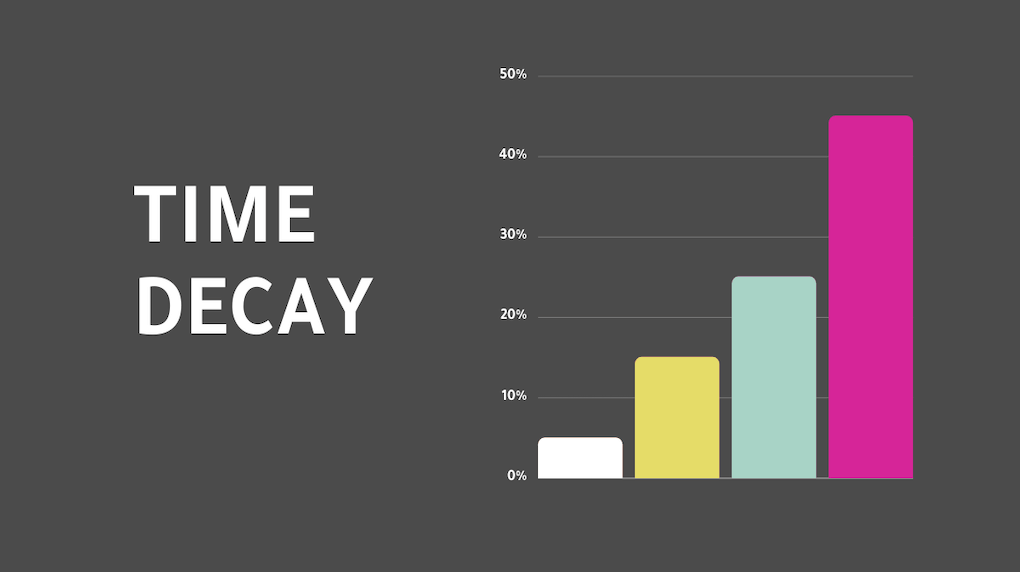
- Data Driven
- Uses machine learning to give credit for conversions to all touchpoints based on historic data of your customer’s past conversion paths. Once the algorithm knows historically what touchpoints are involved in conversions it can assign a value to future conversions based on this.
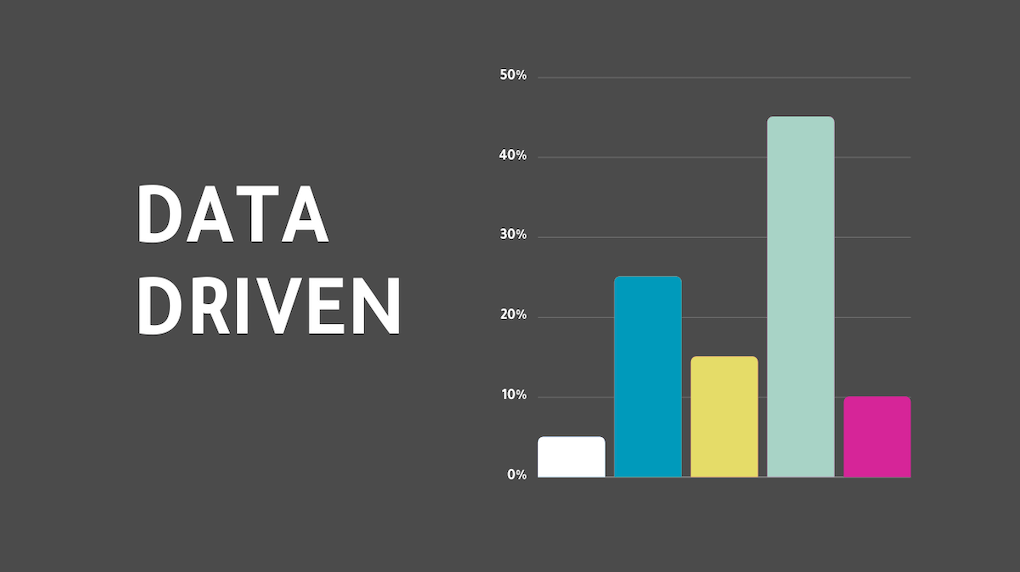
Which model is best for you?
Now you might be wondering which model is best for you. The answer is, there’s no right answer. If you have enough data to make data driven work, then this is likely the best option as it considers what your consumers have done before. But if you’re new to attribution models or you’re just starting out, you may not have enough of an online presence to jump into data driven.
Your next best option is to try to understand your customer’s journey to conversion. Put yourselves in their shoes and consider what they might be thinking at each point in the conversion path. Once you understand what your end customers are thinking at different stages in their buying journey, you’ll start to gain insight on where the most value of your marketing initiatives lies. This will let you pick the right attribution model. Don’t be afraid to try different ones that you think might work for your customers and, of course, learn from your findings. As they say, you learn best from your own mistakes.
Our experience has taught us a few things about attribution
Experience has taught us a few things. We know that businesses that are trying to reach new audiences, build awareness, and lead users down the funnel to eventually convert, find success with Position Based. For Data Driven, quality and volume of data is key. Even if a business has been around for a number of years, if they don’t have clean data or the necessary amount of data, Data Driven attribution won’t work.
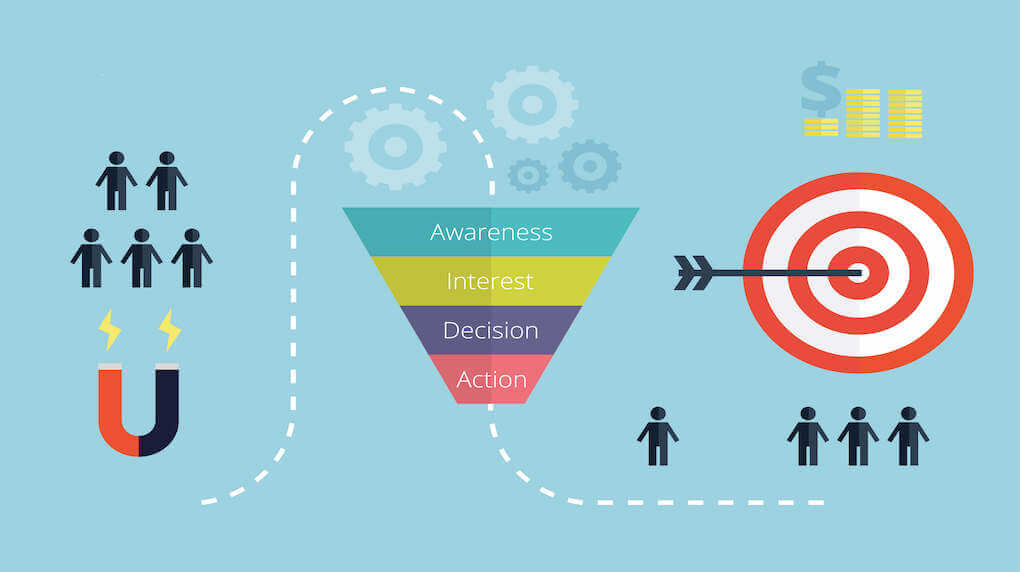
For clients who have a short conversion cycle — who aren’t as focused on bringing users down the funnel — Time Decay typically works well. Again, there’s no right or wrong. You’re going to get most of your valuable insights from learning what works for your consumers.
What you can do right now to better your marketing initiatives
Within Google Analytics, you can update or view performance-based data on the different attribution models. While within Google ads, we recommend that you update your conversion attribution model as that directly impacts Google’s ability to optimize your campaigns. It’s important to update the systems you use in order to leverage these models.
Making these changes allows you to analyze your campaign’s performance differently. You can also better understand the value of your upper funnel tactics and initiatives.
Unfortunately Facebook doesn’t allow you to switch the attribution model within your Ads Manager, but that doesn’t mean you can’t look at the performance through Facebook’s Attribution tool. Then, you can factor in additional insights to inform your business decisions.
What else can you do?
You may be asking yourself, “what else can I do?” Consider the following tools to up your attribution game:
- Google Campaign Manager: Whenever possible, we always love to ad serve your digital tactics so we can see reporting from one single source — the ad server. The ad server we prefer to use is Google Campaign Manager (previously known as DoubleClick Campaign Manager) as it integrates nicely with all Google products including Google Ads and DV360.
Positive features:
-
- Easy-to-use reporting and attribution platform.
- A one-stop-shop for all of your reporting needs.
- The ability to use different lookback windows and attribution models.
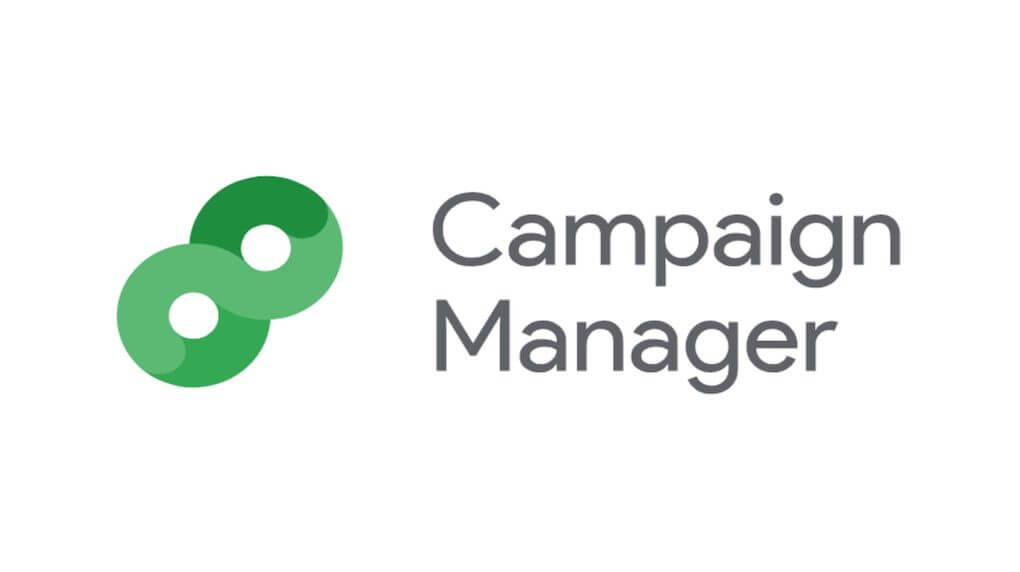
- Facebook Attribution: This free tool is a personal favourite because it allows you to tag your other marketing initiatives, including Google Ads and Programmatic efforts. It then produces great reports that provide visibility into how your various channels and publishers all play a role in the users’ conversion journey.
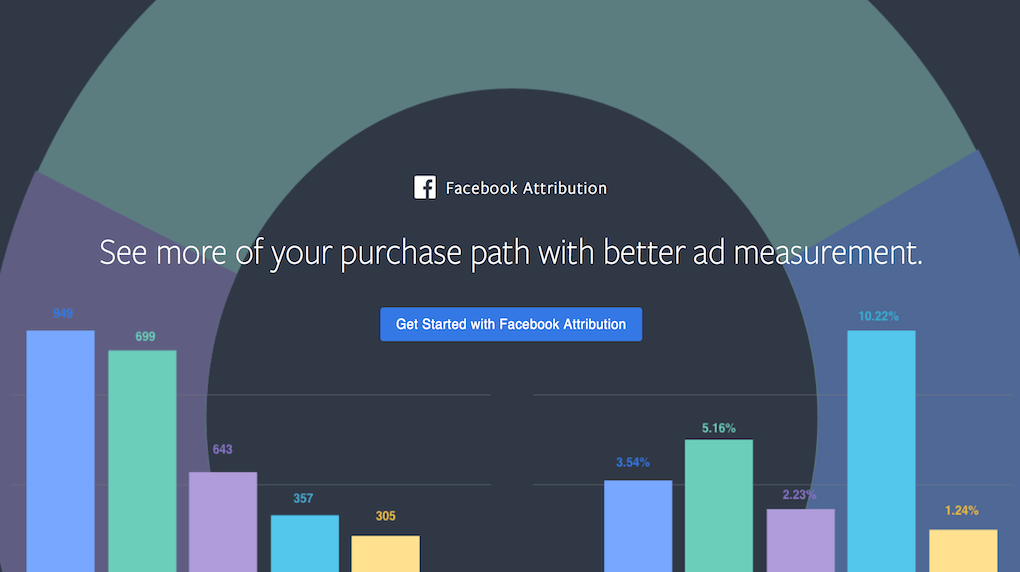
It’s easy to set up and gives you the ability to toggle between different lookback windows (up to 90 days) as well as attribution models. While we don’t recommend replacing Google Analytics with Facebook Attribution, we do love to use this as a second lens for insights before making business decisions.
- Keep in mind this requires your Facebook Pixel tracking to be accurate.
- It’s worth noting, this gives Facebook/Instagram campaigns an edge in performance since Facebook can leverage its own post impression and post click data.
Attribution models can give you valuable insight into where your marketing dollars are most effective. If you’re looking for further strategic insight or you would like to chat about digital marketing in any capacity, contact us today. We’re here to help.